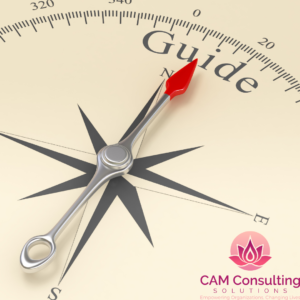Enhancing Business Operations for Small Business Service Providers:
A Guide

Running a small business service provider comes with its unique set of challenges, especially during periods of growth. Maintaining high standards of service, managing time efficiently, and integrating the latest technologies are critical to staying competitive. Here’s a condensed guide to help streamline your operations and sustain growth effectively.
Efficient Time Management
Time is a finite resource, and managing it wisely is essential for success. Implement tools like Microsoft To Do or Todoist to create and prioritize tasks. These platforms allow you to set reminders and track progress, ensuring you focus on what matters most. Another effective tool is Clockify, a time tracking application that helps you identify inefficiencies and allocate time more effectively.
Example: John, a small business owner, was overwhelmed with tasks until he used Microsoft To Do and Clockify. These tools helped him prioritize and track his tasks, leading to increased productivity and less stress.
Effective Budgeting Practices
A robust budgeting process is crucial for financial health. Use Google Sheets to create and monitor your budget. This versatile tool allows you to track income, expenses, and savings. For more detailed insights, YNAB (You Need A Budget) can help categorize expenses and identify spending patterns, ensuring better financial decisions.
While having a perfect budget is often seen as the key to success, flexibility is equally important. Adjust your budget as circumstances change to maintain control over your finances.
Example: Sarah, a small business owner, struggled with overspending. By using Google Sheets and YNAB, she gained control over her finances and improved profitability.
Maintaining Service Consistency
Consistency in service delivery is vital for customer satisfaction and retention. Tools like GoHighLevel can help manage customer interactions and maintain service quality by automating follow-ups and tracking feedback.
Example: A tax preparation service maintained high service standards by implementing GoHighLevel, which helped them track interactions and gather customer feedback.
Technology Integration and Adaptation
Embracing technology can streamline operations and improve efficiency. Google Workspace (Docs, Sheets, Calendar) and Microsoft Planner are excellent tools for digital collaboration and task management. Zoom or Microsoft Teams can facilitate virtual meetings, enhancing team connectivity and collaboration.
Example: ABC Consulting improved workflow and collaboration by integrating Microsoft Teams, enabling efficient information sharing and organization.
Managing Growth and Change
Growth presents opportunities and challenges. Tools like ClickUp for project management, Google Forms for customer feedback, and Calendly for scheduling can help manage these transitions smoothly. Develop scalable processes and focus on customer experience to sustain growth.
Example: DEF Home Services managed rapid growth effectively using ClickUp, Google Forms, and Calendly, ensuring timely service delivery and customer satisfaction.
Continuous Improvement and Feedback Systems
Regularly reviewing and refining processes is key to continuous improvement. Use tools like SurveyMonkey to gather customer feedback and make data-driven decisions.
Example: JKL Financial Services used SurveyMonkey to gather feedback and made significant improvements based on customer insights, increasing satisfaction and loyalty.
Conclusion
By following these strategies and leveraging the right tools, you can enhance your business operations, maintain service quality, and manage growth effectively. Continuous improvement and adaptation are crucial for long-term success.
For more detailed insights and tools, feel free to contact me at CAM Consulting Solutions. I’m here to assist you navigate the complexities of running a successful small business service provider.